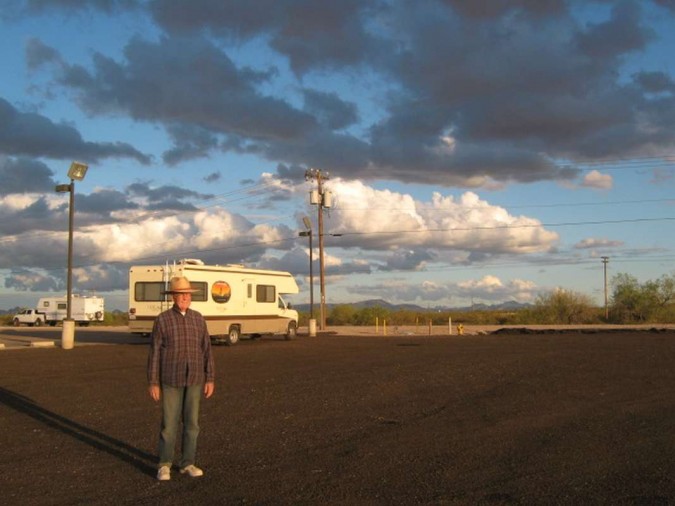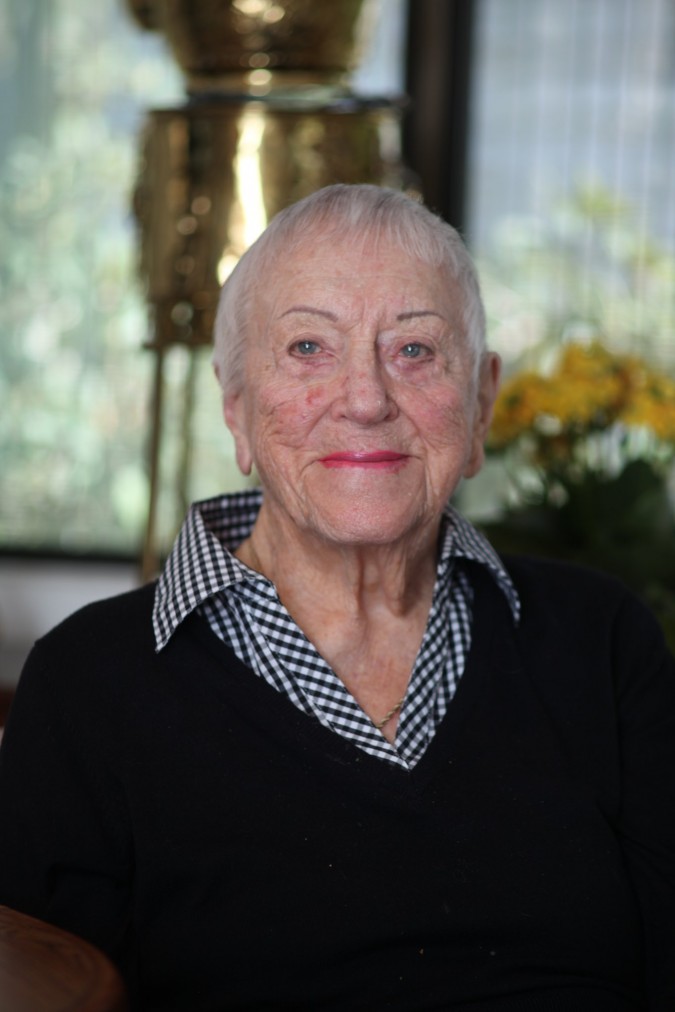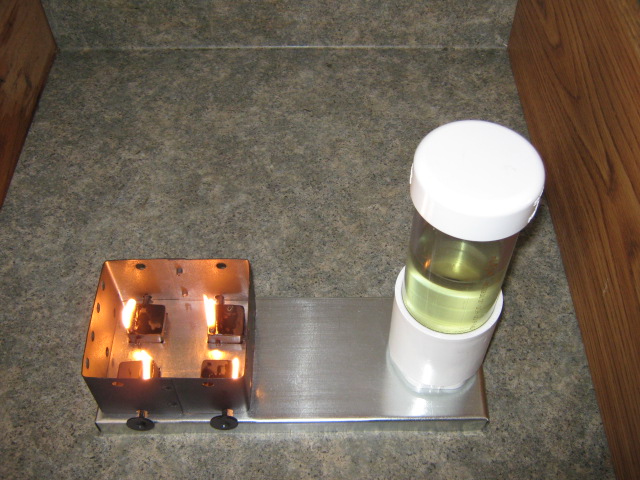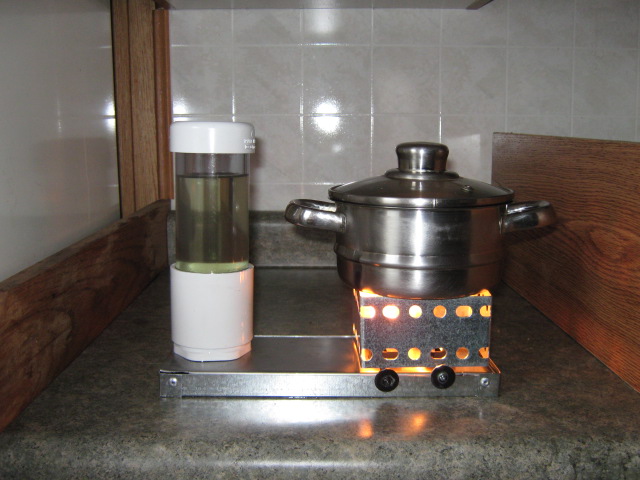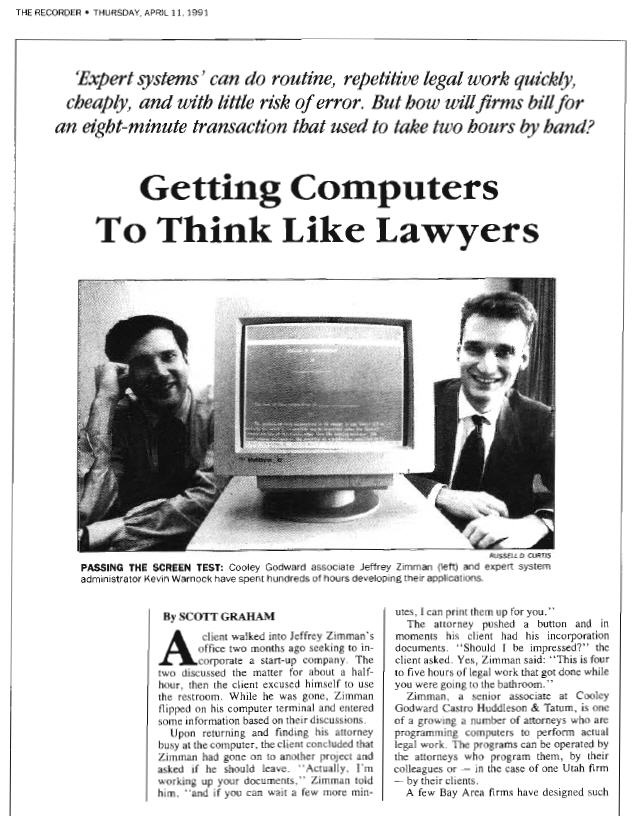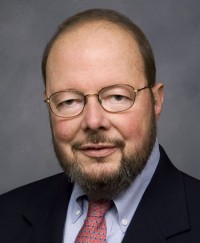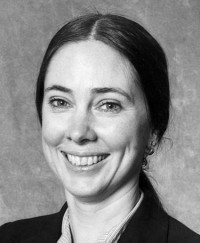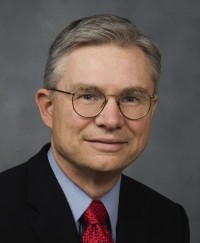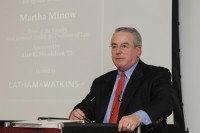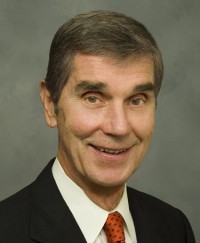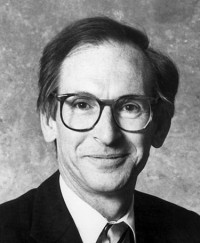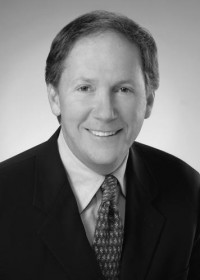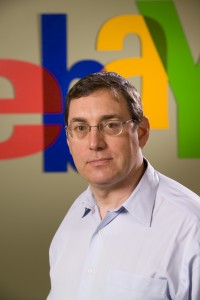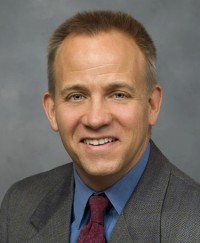Archive for April, 2011
13th Annual UC Berkeley Business Plan Competition results
For posterity, here’s the email that University of California at Berkeley sent out notifying recipients about the winners of the 2011 Berkeley Business Plan Competition.
The finals were held at the Berkeley Entrepreneurs Forum today, April 28, 2011.
Since the online version of the email probably won’t stay online forever, I made a screen capture of the email, below.
I’m selling my RTS bus conversion!
I can’t believe I’m writing this, but I’ve decided to sell my RTS bus conversion. My heart just isn’t in it anymore…
Thoughts on the tragic death of Michele Dufault, a Yale University student killed when her hair got caught in a lathe
My heart goes out to the family of Michele Dufault, an undergraduate student of astronomy and physics at Yale University. Dufault died April 12, 2011 when her hair got caught in the powerful lathe she was using alone late at night in a Yale workshop.
I studied astronomy and physics at UCLA, so the story of Dufault’s death particularly moved me.
“Connecticut’s chief medical examiner ruled the death an accident, citing the cause as asphyxia due to neck compression” read the New York Times newspaper article where I learned of this tragic accident. The article didn’t say so, but something tells me the machine pulled her head into the machine and the rotation of the machine stopped, putting tremendous force on her neck, killing her. Even if she could reach her cell phone, she would likely haven’t been able to say a word, and the pain must have been overwhelming, with the still energized motor straining to continue rotating the work piece.
I shiver even thinking about how awful this death was, and how traumatized the students who discovered her body must be.
I write this post to warn people to be really careful working in the shop. Those with long hair should probably wear a shower cap to completely cover their hair.
When I grind metal, I wear ear muffs, leather work gloves, a respirator mask and a full face shield. I wear a full face shield when I use a drill or cordless screw driver, on the theory that even screws could break apart and hit me in the eye.
I am pleased that TechShop, the membership workshop I’m a member of, has installed a SawStop table saw that will stop the blade nearly instantly if a person touches it. This safety mechanism should be installed on all dangerous power tools, but in particular mills, drills and lathes that have exceedingly high torque that can literally squeeze you to death, even if they don’t cut you.
I don’t know if it’s true, but the SawStop website says there are 10 table saw amputations per day! Here’s a video on the SawStop website describing their safer saw.
I hope that schools don’t shut down their workshops because a beautiful 22 year old student lost her life in an accident. It’s important that students learn how to build things, for the world can’t run on software and ideas alone. In fact, I strongly believe shop class and home economics should be taught to every student that attends school.
I predict that Dufault’s tragic accident will spur dramatic safety improvements in school workshops, for her story is so tragic and her life was so full of promise. Perhaps her friends and family may take comfort that Dufault’s ‘life work’ may turn out to be saving countless others from workshop injuries by shining a bright light on machine safety.
SawStop has patented their technology, but perhaps it can be licensed to makers of tools SawStop doesn’t yet make, so that all the dangerous moving mechanisms of power tools can be outfitted to stop when touched by a person.
Again, my heart goes out to Dufault’s family, friends and colleagues.
Tioga George tells his story on his travel blog he writes from his satellite connected RV
I frequently read the blog by ‘Tioga George.’
Tioga George is a pseudonym made up from the brand name of the recreational vehicle he lives in full time concatenated to his real first name.
For 8 years he’s been traveling full time in his Class C RV he calls ‘Ms. Tioga.’ He writes his blog almost daily, connecting to the Internet via Hughes geosynchronous satellites using his MotoSat brand Internet two-way dish, like the one I had on my my MCI bus conversion I sold in January, 2011. Note I removed the MotoSat dish before I sold the MCI so that I can recycle it on my RTS bus conversion I’m in the middle of building.
George makes a substantial part of his income from Google AdSense advertisements that appear alongside his blog posts about his travels. I admire how he has turned his passion for full time travel into a dependable income. It’s also been a dependable source of new friends and new adventures, as he often meets his readers in person after they’ve gotten to know him via his blog posts.
On April 11, 2011, George wrote an entry that illunimated his life more than any other post he’s written. I feel that I understand him better having read this post. The post was so moving that I’ve decided to share it with you here by copying it verbatim. I have also linked to it as well. If you read this account, please click on the link so George will get the traffic as well. I chose to copy the text so that more of my readers read it, and to make sure that I have it here for decades to come, in the event George’s blog should go offline. I have emailed George asking for permission to reprint his post, but he writes that he’s terribly backed up on replying to emails. I will delete his text below if he later replies and for some reason does not grant publication permission. I consider George to be a friend, and we’ve exchanged occasional emails for years, so I’m pretty sure he will welcome my republishing his moving remarks.
Monday, April 11, 2011:
A couple of mornings ago I was lying in bed and thinking about 1995. That was the year that I went to live in my son David’s home. I was dead broke, and desperately in need of help. David’s home was tiny in 1995. He had foster kids living with him and no bedroom for me. So, he gave me some space on the floor of his dining room. My son David helped me several times since 1995. David let me use his home address for my home address. When I became an RVer, David received my mail for seven years while I was on the road. David let me stay with him whenever I returned to California. He never refused to help me.
It took me almost a year after moving in with David in 1995 to get on my financial feet once again. I got a job in a cabinet shop as an apprentice cabinet maker in 1996. At 58 years old, I was an apprentice once more. I rented a room in a home a couple of blocks from the cabinet shop and lived there for five years. During this time I lived like a monk, saving all the money that I could. By the time that I had overcome cancer in 2003, there was enough money to buy and equip MsTioga.
Yesterday I wrote to you that on March 28, 1984, my life fell apart. Actually, looking back at that date, this was the pinnacle of my life to that point. My wife and I owned two fast food restaurants. I managed one, she the other. We owned a lovely home in Walnut Creek, California. But I had a screw loose someplace, and that screw caused me great difficulty in relationships with others. On the morning of March 28th, some kids went by my home on skateboards knocking over garbage cans as they went down the street. I took after them on my bicycle, wearing only my pajamas! When I caught up with these kids, my bike’s front wheel hit a sprinkler head which leaned over the sidewalk. I somersaulted over the handle bar and landed in the street. I had broken my hip and wrist!
Everything went downhill after that accident. My wife divorced me several months later. And I went into a funk that lasted ten years. Wow! Because I did not attend to my restaurant business properly, the business began to lose money. I was forced to sell first one restaurant, and then a few years later the second was sold. I got a job selling AutoCAD software and did really well for about two years. But during the recession of 1991, the company I worked for folded. I remained unemployed from 1992 to 1996.
I wanted to share this part of my life with you to put into perspective what my son David’s support meant to me. And why David’s passing has impacted my life so very much.
George’s son David committed suicide last year, and George remains devastated.
I am sorry for his loss.
George, if you’re reading this, I’m sorry for your tragic loss. Thank you for sharing the story that so effectively explains the man you have become. I’m sure Dave and your living son are very proud of you.
How to get a real education, by Scott Adams, the creator of Dilbert
How to Get a Real Education by Dilbert cartoon creator Scott Adams advocates teaching entrepreneurship to most college students.
I saw Adams speak at UC Berkeley years ago, and he packed the Anderson Auditorium with more people than I’ve ever seen there before. Scott Adams is a great speaker, and he had some entertaining stories, such as how he got to be an engineer at Pacific Bell. It turned out Pacific Bell had a budget for a certain number of engineers, but they would lose that budget if they didn’t have all the spots filled. So, to avoid losing the budgeted funds, they promoted Adams to ‘Engineer’ even though he was not trained or schooled as an engineer.
Adams also told the story of how he became a big time cartoonist. He sent samples of his work to many publishers, but didn’t hear from anyone who wanted to sign him until a year later, when United Media, a company he wasn’t familiar with by memory, called him and said they had finally reviewed his submission and wanted to offer him a contract. He said he actually asked them to list some of the other comics they published to familiarize him with who this company was. The response was: we syndicate Peanuts and Garfield. Adams first contract was with the largest and best know cartoon syndication company in the United States.
How to Get a Real Education, published April 9, 2011 in The Wall Street Journal, is worth reading, and I recommend it very much. One of the stories he tells is how he persuaded college administrators to allow him and his friends to take over running the dorm where he lived. They were successful, so he got a free room to live in and got paid. When I read this account, it made me think of my plan to put elementary, middle school and high school students to work staffing the school lunch programs at their schools, which I wrote about here on April 9, 2011.
My grandmother Elsie Battaglia joined FaceBook.com today, at age 99
My grandmother Elsie Battaglia joined FaceBook today. She is 99 years old. I helped her with the signup process, but she pushed the buttons to create the account by herself. We uploaded about half of the pictures in her physical photo albums — some 1,300 pictures.
FaceBook is currently the most popular so-called ‘social network’ in the United States, and perhaps the world.
I decided to photograph grandma today for her FaceBook profile picture. She applied her own lipstick and I set up my studio light I had brought with me. I used my Canon 5D Mark II camera with the 135mm soft focus portrait lens set halfway between 0 and 1. I directed her poses like I was photographing a young fashion model, and the above picture is the result. I am very happy with the way it turned out, and I think she looks fantastic, especially since she isn’t wearing makeup other than lipstick, and the picture is not retouched.
Vegetable oil fueled cooking stove
I subscribe to the Tiny House Blog mailing list. This is perhaps my favorite blog email list. How the authors of this site can come up with interesting tiny houses to write about everyday I don’t know.
Sometimes Tiny House Blog writes about appliances that make sense in a tiny home, such as the Lodge-Tech vegetable oil fueled cooking stove.
Lodge-Tech vegetable oil stoves run on pure vegetable oil, not biodiesel or diesel. That means you can fuel your stove from the same bottle of oil you use to cook with. This means no stinky diesel fuel in your living space, which is more important if your cooking area is close to your sleeping area.
I am ordering one of these vegetable oil stoves for my online cooking show. I will use it to prepare rice and to keep food warm on set. I will also use it to demonstrate that alternative fuels work and have merit. I would think vegetable oil stoves would be very useful in many settings, particularly camping settings, where carrying propane, white gas or diesel fuel is undesirable.
These vegetable oil stoves are affordable at just USD $49.00 including shipping. I will conduct a thorough test and take photographs and video to post here with my written reactions to this unique stove.
It was 20 years ago today that I got my picture in The Recorder while I worked at Cooley LLP
Twenty years ago today I was working on Cooley LLP’s document assembly software development effort.
On this day April 11th in 1991, the project was featured in a lengthy article in The Recorder, a San Francisco newspaper for the legal profession. Here’s the PDF scan I made from the paper copy of the article I’ve saved for the last two decades: Getting Computers To Think Like Lawyers – The Recorder – April 11, 1991.
That was a big day for me, as non lawyers at law firms almost never receive any attention from the press. It was also a big day for my project because Kenn Guernsey, Cooley’s Managing Partner at the time, left Jeff Zimman and me a nice voicemail congratulating us for our work. Zimman was the attorney that got the project off the ground by personally programming Cooley’s first document set, and without him, I wouldn’t have likely started Hotpaper.com, Inc. or later created the first online office suite, gOffice. Hotpaper was the first online document assembly application. The application was live on the Internet in 1997, two years before I changed the name of the company from Document Automation Systems LLC to Hotpaper.com, Inc. I licensed this online document assembly software to 30 of the Fortune 500, which I was proud of given my company at the time consisted of just me.
I run into Zimman on the San Francisco MUNI every year or so. He made partner at Cooley in six years I believe, and later became an investment banker at Lazard Ltd. Now he is Chair of Posit Science, which makes computer software that helps improve mental functions. It’s really interesting to me that we both became entrepreneurs after our stints at Cooley.
I credit Cooley with teaching me to be an entrepreneur, because starting such an innovative project inside a law firm is VERY difficult. The computer department isn’t normally charged with embedding the expertise of lawyers into software, so they don’t really know the lawyers. I got to know the lawyers because I needed to get the software to mimic lawyers. I spent a lot of energy hounding the lawyers with questions that must have seemed so simple to them. Zimman was a quick learner, and didn’t need much of my help to build the document models. But Zimman had to return to his lawyer duties after creating a few sets of documents, so I had to personally recruit new lawyers to get involved. I got help from some of the top lawyers at the firm at the time, including Hank Barry, who would later testify before the United States Senate when he was the Interim CEO at Napster.com at the height of its notoriety. Alan Mendelson, Paul Renne, Tony Gilbert, Lee Benton, Dan Frank and Susan Philpot were also instrumental to getting the project as far along as we did. I couldn’t find Dan Frank on the Cooley website so I’m not sure where he works now.
Perhaps the most actively helpful contributor to answering my many legal questions was Eric Jensen. He was a young hotshot associate at the time. I think Eric started at Cooley in 1988. I started at Cooley in 1989. Jensen would return my phone calls in 30 minutes. This was astonishing, as he was working like crazy in Cooley’s Sand Hill Road office with super lawyers Mark Tanoury and Craig Dauchy. Other lawyers that answered my questions, like Michael Jacobson, would often take days or weeks to return my calls, but Jensen usually got back to me in 30 minutes. We became good friends, and I fondly recall working with him. I would even go to the Sand Hill Road office on occasion to meet in person with Jensen. Jacobson was an outstanding question answerer by the way, and he went on to strike it rich as the top lawyer at EBay. He wrote me an enthusiastic letter of recommendation when I left Cooley.
When Cooley eliminated my position of project leader for its document assembly efforts during the recession of 1994 I was devastated. The whole project quickly died and the lawyers had to stop using the time saving software, which could allow an attorney to complete 4 hours of work in 20 minutes. The reason the software couldn’t be used indefinitely is the text of the documents in law firms is constantly being improved. So to keep a document assembly system useful, someone needs to apply those language updates to the software. Once I was gone, there was nobody to implement these upgrades, so the system couldn’t be trusted to produce the firm’s latest thinking. At the time Cooley’s attorneys and staff all used a Digital Equipment Corporation VAX minicomputer cluster via dumb terminals, and the document assembly software ran under the Open VMS operating system used on the VAX. So it was not a simple matter to train someone to take over the text update maintenance of the system.
New applications were out of the question, because without an ‘intrapreneur’ to recruit and encourage attorney experts to turn over their expert knowledge, they would not do it. At the time, the computer staff were housed alone with the accounting staff in a building blocks from where the attorneys worked, so there was no opportunity for the computer staff to get to know or make friends with the lawyers.
I feel bad that my project died, but I consider it one of the luckiest breaks of my life that my position was eliminated.
Otherwise, I might never have become an entrepreneur, and my life would not have been as exciting as it’s been. It was tough on me when Cooley’s Executive Director Ken Sargent (anyone know where he is these days?) broke the bad news and helped me pack my things, but it was a highlight of my professional life. The attorneys I helped felt bad for me that I had worked so hard and then lost my job, so they helped me get started in my own business by finding me my first client and effectively vouching for me. That client, Silicon Valley Bank, paid me $30,000 and got me off to the races. My next client was Bank of America.
It’s funny to recall that one of the young associate attorneys down the hall from me advised me to sue Cooley for letting me go!
I didn’t even consider suing Cooley. Instead, I kept my head high, didn’t complain or vent to anybody beyond my closest friends, and did my best to stay on excellent terms with everyone there, non attorney staff included. Cooley paid me a nice severance package. Had I sued and somehow gotten a few extra dollars, I am 100% certain those dollars would have been ‘nothing’ compared to the value of their help in getting me established in business. In 1999 when I raised $2 million in venture capital from Blue Run Ventures, I was able to get Jensen to represent Hotpaper. His representation was key to the modest success I had with Hotpaper, and to the modest exit for $10 million 14 months later. What some readers may not know is that in 1999 is was nearly impossible to hire a good lawyer. Lawyers needed to be won over via pitching back then, and they were very selective in taking new clients. Getting a firm as impressive as Cooley was difficult, even if you did raise venture capital money. Getting a lawyer like Jensen was nearly impossible. Had I sued Cooley, I would not have gotten them to later represent me, and who knows what would have happened. I am very much against suing in general, as it doesn’t help most of the time.
My advice is to never sue your employer if they eliminate your position! I didn’t have any basis to sue anyway, as they didn’t do anything illegal. It’s illustrative to note that the attorney at Cooley who advised me to sue never made partner and is no longer there.
It’s so much better to leave nicely and stay friends.
It’s a very small world, and the people you know today you will likely still know 20 years from now. I can’t believe how fast 20 years just flew by.
I’ve stayed in touch with my attorney friends from Cooley, and Eric Jensen has been my attorney since 1999. He now leads Cooley’s business department, which accounts for a majority of the firm’s revenue, to my knowledge. Although Jensen wouldn’t say so, he’s what I consider to be one of the best attorneys in the United States. I’m grateful he continues to work with me, as my company must be one of his smallest clients. I have sent my friends to Jensen, including Priya Haji who started World of Good, Inc. which she later sold to EBay and Charity USA, and Andrew McCraith, who started and raised $15+ million in venture capital for Silicon Clocks, which was later acquired by Silicon Labs.
I have received glowing reports from everyone I’ve referred to Jensen.
On this 20th anniversary, I want to thank everyone I’ve ever known at Cooley, including Ben Studebaker who hired me in 1989 and the late Helen Gaffney who promoted me about 6 weeks after I arrived into a position that allowed me the freedom to become an intrapreneur and work on Cooley’s document assembly project. I only knew Studebaker for a matter of 6 weeks or so. I worked very hard during those first six weeks, one night staying several hours past my quitting time to finish a large project assigned to Gaffney by Susan Philpot. I got it done the day it was assigned and it was on Studebaker’s desk when he arrived in the morning. Philpot was and probably still is a feared partner at Cooley, and I’m sure Gaffney and Studebaker appreciated my quick work. I never mentioned I stayed overtime, and I never charged Cooley for the extra effort. But I think it had something to do with Studebaker offering me his job, which included supervising the spending of $500,000 per year, after about 6 weeks on the job. He had been at Cooley for a long time – at least 10 years I recall. He cashed out some of his retirement plan to attend Harvard Divinity School, where he had been accepted. He didn’t seem the type for either divinity school or Harvard. He did seem like he would make an outstanding religious leader, however, as he had an immensely likable personality and was very well thought of at Cooley. I certainly admired his conviction and risk taking. I wonder what became of him, and if he should find this post I hope that he will write to me and fill me in on how his life turned out. Thank you Ben, for you changed my life.
I want to remember my friend Sandy Price, perhaps the first attorney I met and talked with at Cooley. I had only been there a couple of days and I was there late and needed to make a photocopy. I didn’t have an access code yet, and I had to ask Price to activate the photocopy machine for me using her Equitrac accounting device code. Price worked really late almost every night… near midnight lots of nights. I’m still friends with her, and had lunch with her earlier this year. Her hard work paid off, as she’s been named a Super Lawyer every year since 2004. Price is now a partner with Sideman and Bancroft LLP, and if you need an estate planning attorney, I doubt you could find a better lawyer to help you.
I also want to remember my friend James Pirie, who reported to me for a while and who graciously agreed to handle some of my responsibilities so I could work harder on the document assembly project. He put himself at some risk by doing this. He never got in any real trouble though, to my knowledge, and Ken Sargent, the Executive Director, privately congratulated me for delegating what I could to Pirie, saying it was the only way to ‘get things done.’ I trained Pirie to do things he would have never normally learned in his job at the time, and I had complete faith in his ability to safely handle these sensitive computer tasks.
I also want to thank Bill Bradshaw, who handled purchasing of supplies for the San Francisco office. He was an extremely patient friend, and although I’ve lost touch with him, I fondly remember our friendship.
I want to acknowledge Carole Hearn, Cooley’s Director of Finance. I think she’s been there some three decades now. She spent hours educating me about office politics, trying very hard to help me navigate a path that was obscure to a bright eyed 25 year old who had never worked in a law office before. I hear from Hearn every so often, and the last time I saw her in person, about 10 years ago, she gave me a big hug.
I also want to thank Susan Newberry, then the Administrator for the San Francisco office. She’s still at Cooley, with more responsibility. Newberry and I fought, and I ultimately had to lobby to change my reporting relationship so that I reported to a special committee called the Document Automation Committee. This committee consisted of partners Zimman, Barry and Philpot. To my knowledge, the only other non attorney at Cooley that reported to a committee of partners was Sargent, the Executive Director. Even though my battles with Newberry were exasperating and stressful, it was educational and beneficial to have had to do battle with her. Her decades long tenure at Cooley is testament to her political skill and courage.
What’s interesting about these political battles is that they really helped me prepare for later battles with far bigger stakes, involving millions of dollars. Thus, Cooley really did help educate me to be a successful entrepreneur, as I don’t think high stakes office politics can be learned in school.
I credit my political skill with my being able, as the sole founder, to take my startup Hotpaper.com, Inc. from idea through to a $10,000,000+ acquisition.
In my experience, Cooley really does live by its values and vision, and I am a product of the firm’s many good deeds.
My 5 years at Cooley were instrumental to my professional growth and success.
Thank you Cooley.
Full serve Oregon fuel attendant offers to ‘top off’ my tank — why?
Oregon Gas Laws discuses the bizarre law in Oregon that makes it a crime for one to fuel their own vehicle. Apparently there is a potential USD $500 fine for pumping your own gas.
The article I link to above describes the justifications that lawmakers cited in the law. If you had asked me to guess one of the reasons for the law, I would say that it is to assure that fuel is spilled less frequently. I don’t see that reason cited in the statutes 480.330 and 480.315. Even so, I was quite surprised on April 7, 2011 when the fuel attendant at Pilot Travel Centers #233, at 800 Long John Road, in Oakland, Oregon asked me if I wanted to ’round up’ my purchase.
I asked what he meant by that phrase. He replied ‘do you want me to top off the tank?’
I would think that a fuel attendant at Pilot Travel Centers, a huge national retailer of fuel, would know better than to offer to top off, especially since topping off appears to be illegal in Oregon, as of 2009.
Here are some reasons why you should not top off your fuel tank.
Teaching cooking in school by having students prepare lunch daily for the entire student population
Around the breakfast table this morning in Tigard, Oregon, at the home of my 99 year old grandmother Elsie Battaglia, I had a good conversation with Claudia.
Claudia is a school teacher, and only recently put her profession on hold to take care of my grandmother full time.
Claudia and I had an animated conversation about teaching children to cook. I wondered aloud if perhaps the best way to teach children to cook would be to have the students cook lunch daily for the student body. Instead of employing kitchen staff, schools could employ cooking teachers that would teach and supervise students who would do the actual cooking and serving.
The teaching opportunities would be varied and numerous:
- Nutrition
- Meal planning
- Accounting
- Budgeting
- Cleaning
- Customer service
- Math
- Growing
- Purchasing
- Cooking
School kitchens already have certified cooking and food preparation appliances, and by turning the kitchen into a classroom for use throughout the school day, the classroom area of the school is automatically increased at zero or small cost.
Claudia thought my idea is worthwhile. She has dozens of ideas she wants to pursue to increase the quality of education. She hopes to open her own small school, where she can implement many of her ideas. I encouraged her to start a blog to write about her ideas to make friends with likeminded readers. She said she’s been wanted to set up a blog for a while now, and asked me to help her set up her blog during my current visit. Of course I agreed, and that’s on our agenda.
Certainly there is a risk if students are charged with cooking for their classmates. Someone might poison the food, for example. But, to my knowledge, prisoners cook for fellow inmates, and I haven’t heard of poisonings happening in that context.
I would think that daily cooking for classmates would help students feel connected to their classmates to such a degree that poisonings would be quite rare. Something is clearly wrong in US schools — so wrong that students are regularly shooting their classmates and instructors with guns. I wonder if cooking for classmates might reduce school shootings by helping students feel more connected to and empathetic towards their fellow students.
The advantages to having every student know how to cook for themselves and for a crowd I believe would strongly outweigh any possible dangers from accidental or intentional kitchen related incidents.
The way the system works in the US now is millions of students can’t cook a healthy, delicious and balanced meal when they graduate. As a result, they rely on corporations to cook for them. The Omnivores Dilemma by Michael Pollan details the many horrors that result when corporations cook food to feed a populace.
When corporations cook for people, health suffers and people get sick and die. The number of people that get sick from eating corporate food is likely orders of magnitude higher than the numbers of students that perhaps might get sick by eating student prepared food.
Society should be able to accept a potential small incremental risk to the immediate safety of school lunches in exchange for a dramatic improvement in food safety long term by the population turning away from corporate food in favor of home cooked healthy and delectable meals.
The gold standard even today for desirable food is a ‘home cooked meal.’ Why aren’t we teaching the entire population how to prepare a great home cooked meal? It is unfortunate that cooking isn’t a required class each year of school. With my plan, described here, to turn school kitchens into classrooms, and to turn students into trained cooks and kitchen managers, adding 12 years of cooking classes to every K-12 educational system in the country doesn’t have to cost extra, and the dividends society will reap are potentially shockingly dramatic.
I predict that a rigorous analysis of my plan will show that the lifecycle cost benefit to my plan will total trillions of dollars per generation, as the health care costs to treat the illnesses associated with poor diet will likely be shown to dwarf any direct costs associated with turning school kitchens into cooking and management classrooms.
Many others are advocating for healthy school lunches. Here are some links:
- High School Students Bring Healthy School Lunch to DC – and Cook with White House Chef Sam Kass
- Two schools grow, cook food in lunch partnership
- Healthy School Lunches
- Students Will Cook Their Lunch and Eat It, Too
I predict a firestorm of protest from various powerful unions if they were to seriously consider adopting what I write above. The existing school lunch cooks would probably not have teaching credentials, so the teachers’ unions would probably not want them to become teachers. I also suspect the existing lunch staff would not want to teach hundreds or thousands of students how to do their jobs.
I don’t know what type of person would be best suited to the position of cooking teacher, but I am nearly certain there would be many applicants for a job like I’ve outlined above. I think a special type of person is needed — someone who is passionate about food and nutrition and teaching, yet can handle the daily grind of operating what amounts to a busy commercial kitchen with student workers.
I am passionate about teaching people to cook. I created and published my first cooking show in January. I sadly haven’t published follow on episodes yet, but I remain committed to publishing 11 more shows this year.



